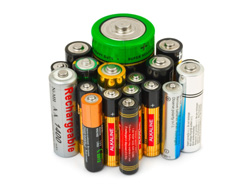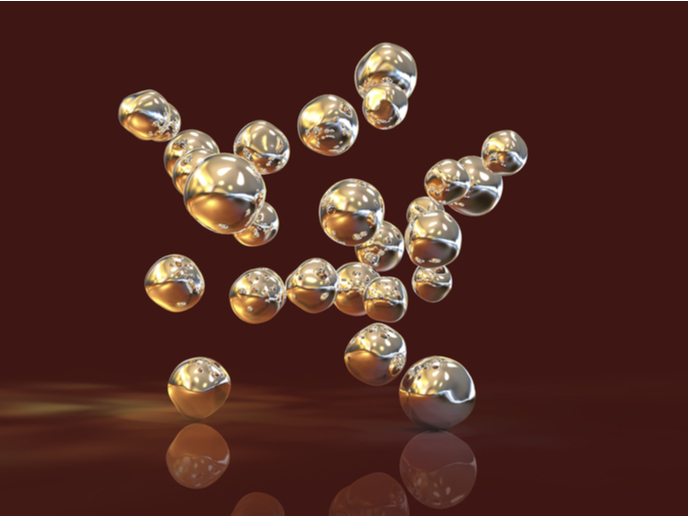Towards improved NiMH batteries
NiMH batteries are the newest competitor to nickel-cadmium (Ni-Cd) batteries since they have a higher capacity and are less toxic. Their main difference is that a NiMH battery uses a hydrogen-absorbing alloy for the negative electrode instead of cadmium. However, NiMH batteries lose charge more quickly, hampering their widespread use. The EU-funded project Hydronanopol aimed to improve the storage capacity of NiMH batteries and lower their discharge rate. To achieve this, project partners decided to use active nanoparticles to increase the surface to volume ratio. However, the high surface energy of such extremely small particles makes them extremely flammable when coming into contact with air, making them very difficult to manage in production processes. As a solution to this problem, the Hydronanopol consortium proposed using polymeric nanocoatings that could prevent combustion without impairing the ion conductivity of the dispersed nanoparticles. Additionally, scientists discovered that novel multifunctional hydride storage alloys would be required for the negative electrodes of the batteries. The best candidate polymer was found to be Ormocer (registered trademark) as it didn’t affect charge transfer kinetics and double layer capacitance. overall, the Hydronanopol project worked on ecologically friendly NiMH batteries with improved storage capacity. Dissemination of the developed technology to the market will make European manufacturers more competitive in the production of electrical storage batteries.







